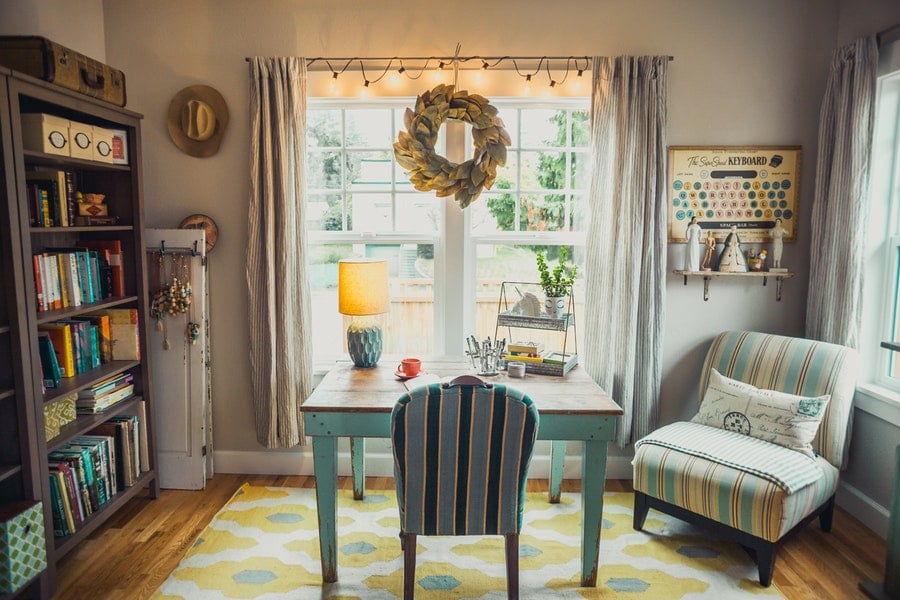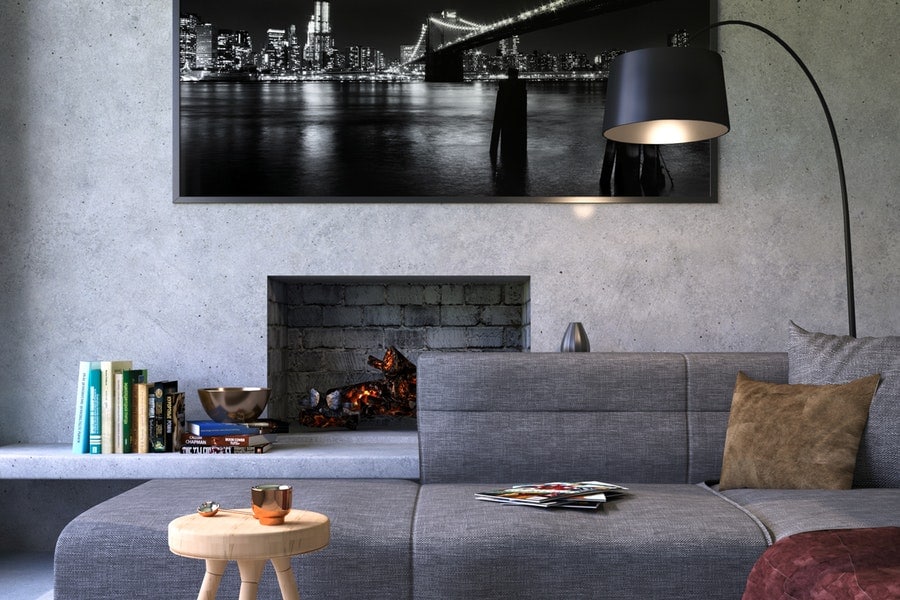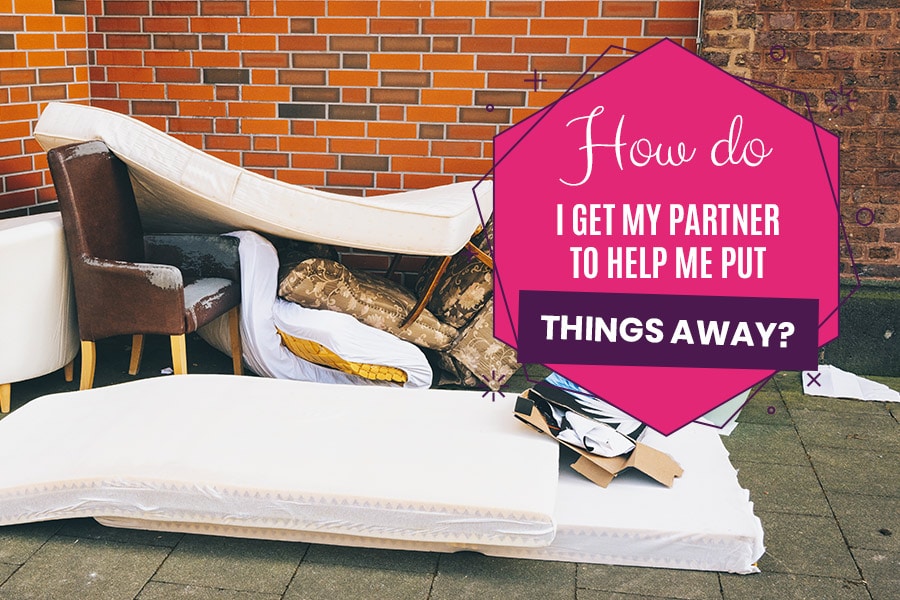For people who are neat and orderly, or who like to put things away in their proper places, living with someone who isn’t as interested in doing this can be stressful. But there are ways that a person can talk to their partner, and get them on board with putting things away more frequently. If the problem is worked on together, the solution will be something that’s right for both people instead of just one of them. That can also reduce the chances of fights and other problems, and bring down stress levels in the house. Here are some important things to consider.
1. Partners Should Talk About How They Both Approach Organization
If one person isn’t familiar with the way another person organizes things, or is working toward a different idea or deadline, it can cause disagreements. By speaking openly and honestly with each other, partners can reduce tension and problems as well as make sure their home is organized and orderly in a way they both feel good about.

2. Devise a Strategy or Organization Timeline Together
Make sure that the timeline and strategy fit both people’s timetables. It’s unfair for just one person to get their way when it comes to organizing, whether it’s the way things are arranged or how quickly the organization of the space gets done. Both of those areas are important, and both should be addressed so there’s good understanding and no one feels like their feelings aren’t respected.
3. Identify Personal Spaces and Shared Spaces Throughout the Home
Especially if organizational styles and goals are very different between partners, it can help for each person to have their personal space in the home. Then each person can handle and manage that space the way they want to, so they don’t feel they’re giving up control of all the spaces in the house to their partner. It’s the one space where each person doesn’t even have to compromise, and can just do things the way they like.
4. Organize a Personal Space First
If the house is messy, it could be caused by both partners. By cleaning up personal space, it’s easier to see where the mess really is and which partner might be the cause of it. That can also help with setting and adjusting organizational goals, if the ones that are being used really aren’t working well. But be careful not to accuse a partner of making all the mess or creating all the clutter, as that can lead to disagreements.

5. Remember That Both People Have a Say in How Things are Done
With a home that’s shared by partners, it’s important to make sure that both people feel they’re being treated fairly and that they have a say in things. Even if one partner thinks that sentimental items are clutter, if these things matter a lot to the other partner there should be a way to display them that everyone agrees to. It’s only fair.
6. Focus on the Here and Now
Let any past arguments about organization stay in the past. This is a new plan and a new day, and it shouldn’t be part of any disagreements that have happened before. By letting those things go, partners show one another that they care about compromising and doing what’s fair. It generally doesn’t help to keep bringing up the past.
7. Choose a Designated Junk Drawer or Other Clutter-Based Space
Sometimes it’s important to just put some things out of the way and get to organizing them later. Having a drawer, closet, or even an entire room where that can be done is a great way to make sure both partners can clear the other spaces of clutter and get things organized in a way that feels good and is comfortable. Then the clutter space can be tackled at a later date.

When it comes to organization, both partners need to be in agreement. That’s true of putting things away and not having clutter, but it’s also true of donating or getting rid of anything. If both people don’t agree, the item needs to be kept until some agreement or compromise is reached. That’s the only way that it’s fair to both partners. Getting rid of the other person’s things without permission can cause a lot of problems in a relationship, and definitely should be avoided.

